Table of Contents
- Benefits of Gamification in Education
- Improving the Academic Performance
- Motivation Level of Students
- Self-efficacy in Students
- Active Learning
- Enhance Teaching Experience
- Enhance the Interaction and Collaboration
- 7 Techniques for Teachers to Imply Gamification in Education
- Set Clear Goals
- Identify Relevant Game elements
- Competitions in the Classroom
- Providing Feedback
- Break Complex Concepts into Levels
- Personalize the Learning Experience
- Track and Analyze Learner Data
- 4 Different Elements of Gamification in the Classroom
- Examples of Educational Games Platforms
- Challenges and Solutions in Gamifying Education
- Challenges
- Solutions
Picture this: You are teaching French Grammar rules to your native English language students. You are covering all the aspects of grammar and trying to insert jokes between the lectures to keep your students active. You are giving them interesting examples and have opened different relevant videos on the projector of your classroom too. You are struggling to keep them active and engaged throughout the lecture but not getting much response from them. In the end, you are tired and a bit devastated by the lack of interest in your students.
Now, what should you do? Well, there is one amazing technique that you can try in your classroom to retain their attention and information. And, the name of the technique is Gamification. You can add various games in your classroom so that students can have fun.
Benefits of Gamification in Education
There are various benefits of gamification in education that you should know. Different researchers have found these benefits through different surveys and research.
Improving the Academic Performance
A few researchers compared two groups of students: one who is taught different subjects through gamification and the other who is taught without gamification. The results show that the gamification group performs better than the other one.
Students continuously adjust their learning progress and learning methods according to the game elements. Ranking levels and challenges can help them in improving their academic score.
Motivation Level of Students
Researchers have found that gamification enhances the enjoyment of students in the classroom, which increases their intrinsic and extrinsic motivation. Badges and levels keep them engaged and motivated to keep learning and moving.
Self-efficacy in Students
Researchers have found that educational games increase self-efficacy in students. Self-efficacy or self-regulation enhances their academic and professional achievements. So, increasing self-efficacy helps them pursue higher studies and achieve achievements in their professional lives.
Active Learning
Students can have active learning in place of passive learning in the classroom. Games enhance their interest in the subject and they become more than willing to learn new things.
Enhance Teaching Experience
A study conducted on the undergraduate students of one university in China shows how gamification helps teachers improve their teaching experience. Different aspects of games help them know about their students so they can create personalized curricula for them. Moreover, gamification design teaching helps them understand the interaction between various factors in the teaching process. It can be helpful for them to diversify their teaching methods.
Enhance the Interaction and Collaboration
You can use various interactive tools and platforms for games that can increase interaction and collaboration among groups of students. There are different collaborative tools in the gamification platforms that allow students to either compete with each other or work in teams to solve any problem. This increases the level of collaboration in them.
7 Techniques for Teachers to Imply Gamification in Education
As a teacher, you must want to get all the benefits of gamification in education. But for this, you have to apply different techniques and strategies in the classroom. There are seven techniques that you can apply.
Set Clear Goals
The first thing you should do is to clear the learning goals in the classroom. You should know why you are using gamification elements in the classroom and how they are going to benefit your learners. For this, you should know specific knowledge, skills and behavior that a specific game platform can teach. For example, the Duolingo platform only focuses on language acquisition. So, you can use this platform when you want to teach a second language to students.
Identify Relevant Game elements
Various game elements are appropriate for different educational purposes. For example, storytelling is one element that you can use in the young children's classroom to simplify any concept. There are virtual reality and augmented reality game elements that you can use when you want older kids to explore complex concepts such as DNA or space.
With these, there are other game elements, too, such as points, badges, leaderboards, virtual rewards, challenges and levels that are appropriate for different educational purposes.
Competitions in the Classroom
You can feature forums, multiplayer challenges and team-based competitions in the classroom. You should enhance the collaborative elements in the classroom that promote engagement and social interaction among peers. For example, Leaderboards are an amazing gamification aspect that promotes healthy competition.
Providing Feedback
A lot of games have the aspect of providing personalized feedback to students that can enhance their interaction. This personalized feedback includes quiz scores, ratings, personalized comments or feedback. A lot of platforms such as Kahoot, Quizlet and Grammar Quizzes have these features that enable kids to know about their weaknesses and strengths.
Break Complex Concepts into Levels
Teachers should break complex educational concepts into various levels so that students can keep progressing in their educational field. You should divide the content into levels, modules and stages that gradually increase from easy to complex.
Personalize the Learning Experience
You should personalize the learning experience through personal avatars. Kahoot enables kids to have their avatars and customize their profiles by choosing their learning paths and journeys. Teachers should make sure that every kind of student, whether they are kinesthetic or auditory, can personalize their learning experience by choosing the mode of games that support their learning needs.
Track and Analyze Learner Data
Teachers should keep an eye on the progress of learners to know about their learning trends. Various gamification tools provide personalized insights into the progress of students. For example, Magma Mentor provides insights tabs that enable students to track their progress and learning time. Teachers can take advantage of this data to customize the curriculum and lectures.
4 Different Elements of Gamification in the Classroom
There are six different gamification elements that a teacher can choose from and implement in their lectures to enhance the motivation of students.
Collectables: Teachers can add a system of badges in the classroom when any student accomplishes anything. They can make badges for the long-term achievements of students. For example, if a student acquires an A grade on their 10th quiz, they deserve a collectable.
Points: Teachers should introduce the system of points in the classroom. These points can encourage students to remain on their best behavior in the classroom and engage in learning. For example, teachers can give 5 points to those students who remain quiet during the lecture. 10 points for those who have turned in the assignment on time. You can add different benefits with a specific number of points. For example, a student with 50 points can eat one snack during the classroom.
Grading: Grading an assignment can make or break a student's enthusiasm in the classroom. So, teachers should add gamification elements to them, too. You may remember that in the Pac-Man game, the player who eats the most fruits and keeps the death number minimum has more chances to accumulate good points to get a place in the coveted list. Similarly, teachers should also focus on the grades that are achieved by students. So, they can see their grade levels going up during the semester. For example, if a student gets 8 out of 10, you should add +8 in their grades rather than -2.
Playing Games: The main element is playing educational games in the classroom. Different research has shown how teachers successfully implement different gamification platforms such as Kahoot and Quizizz in the classroom and get all the benefits from it.
Examples of Educational Games Platforms
There are various examples of Educational game platforms, such as Quizizz, Kahoot and Quizlet. Duolingo is another amazing platform that has levels, badges and virtual rewards for those students who accomplish language acquisition goals.
Magma Mentor is another amazing tool that explains every academic concept you want through the quizzes. It provides you with insights and a leaderboard. It also has a battle-of-mind feature in which you compete with your friend and see who can give a large number of correct answers on a selected topic.
CleverStore has different apps that cover almost all subjects and grades. These apps have various gamification elements that keep students engaged.
Mini Course Generator and MimioConnect allow teachers to add game-like elements to the courses and activities of the classroom. These elements can be scored and have a gamification grading aspect.
Challenges and Solutions in Gamifying Education
Challenges
Implementing gamification in the classroom has its own set of challenges. The major challenge is to find the best gamification aspects and elements that can meet the learning objectives.
The second challenge is to make sure that educational games don't have overly stimulated elements that divert students from learning. The games should have the right amount of competition, learning and fun so that students could benefit from it.
The third challenge is to keep students engaged. Games do engage students in the beginning, but slowly, they can lose interest in it. So, there is a need for fresh content and gamification elements in the classroom
Solutions
The solution to these challenges requires proper curriculum planning and the collaboration of teachers with software developers. Teachers should do thorough planning to add different gamification aspects to the curriculum to keep students excited about it. In this regard, software developers can help them.
Moreover, developers can create different gamification elements for students that have the right amount of every aspect they need.







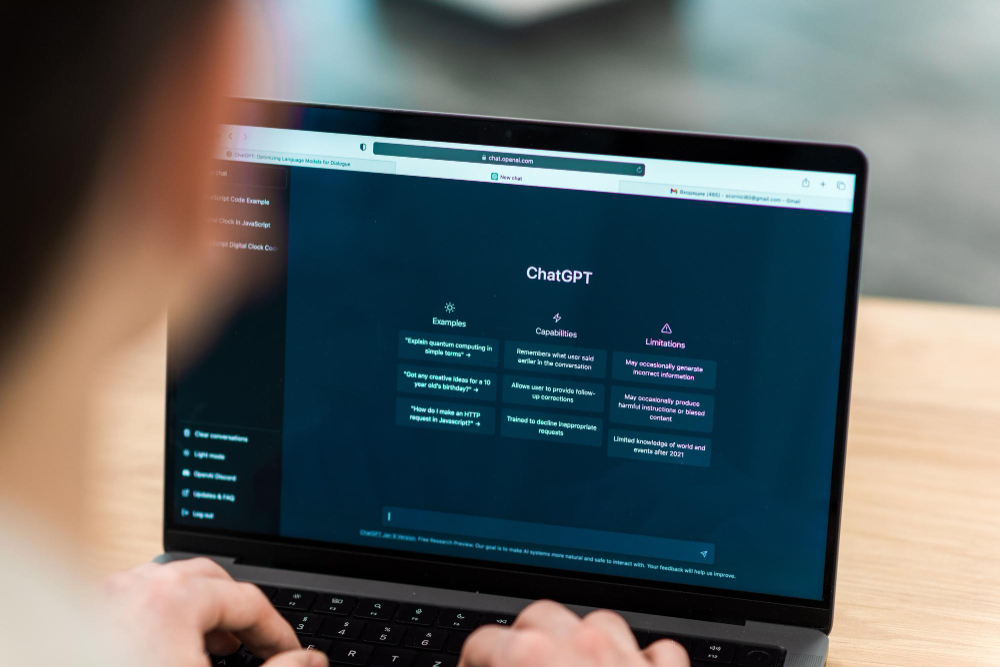








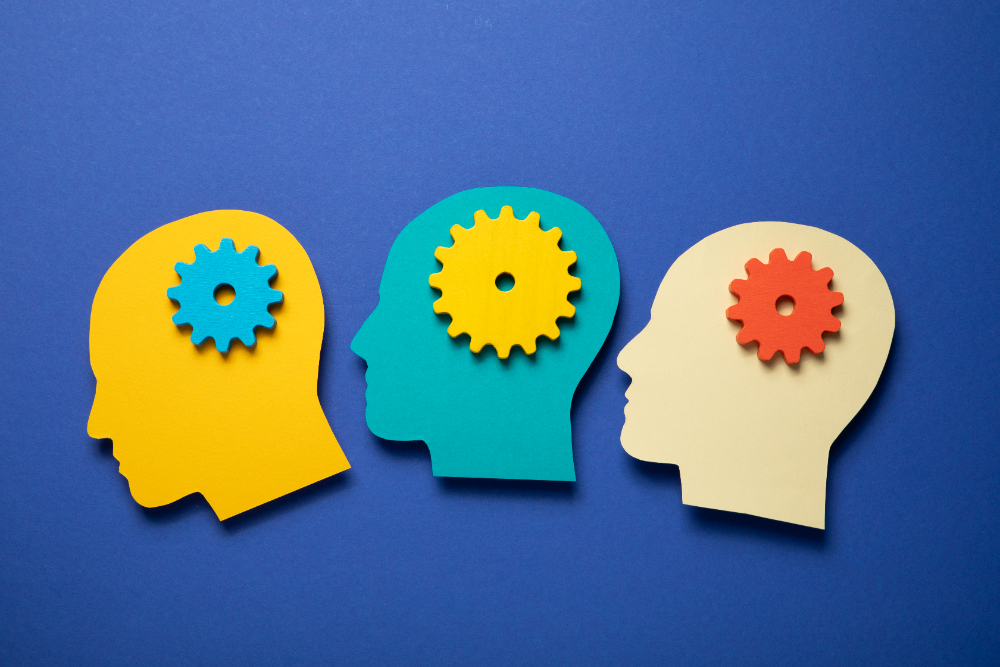






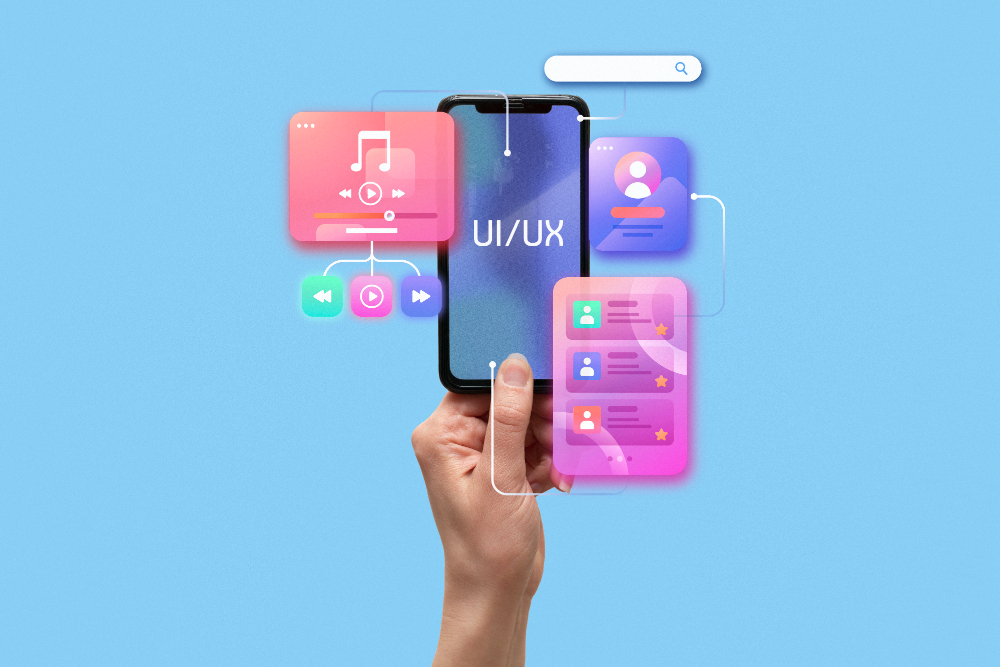
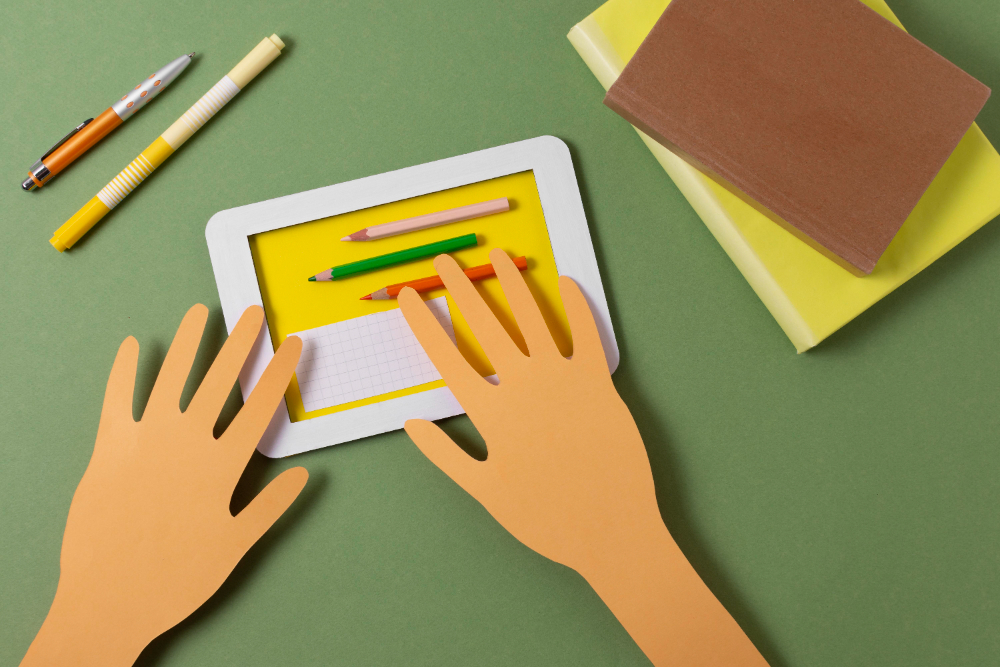


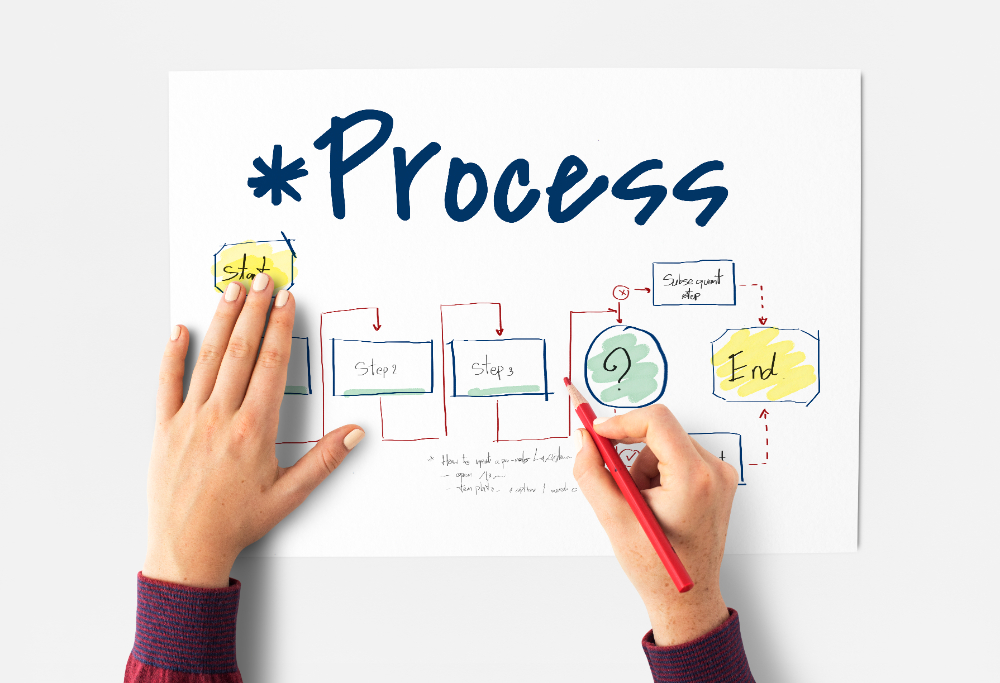



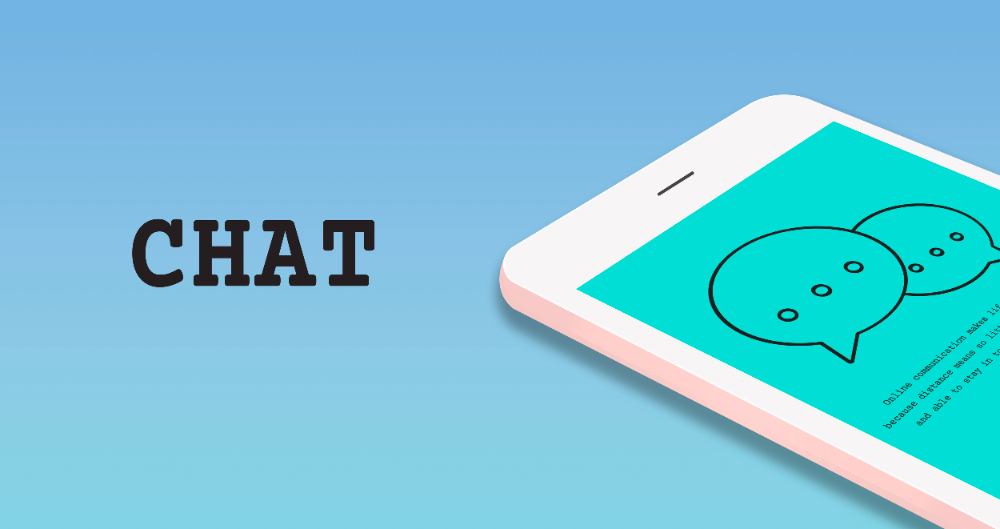

Comments are closed.